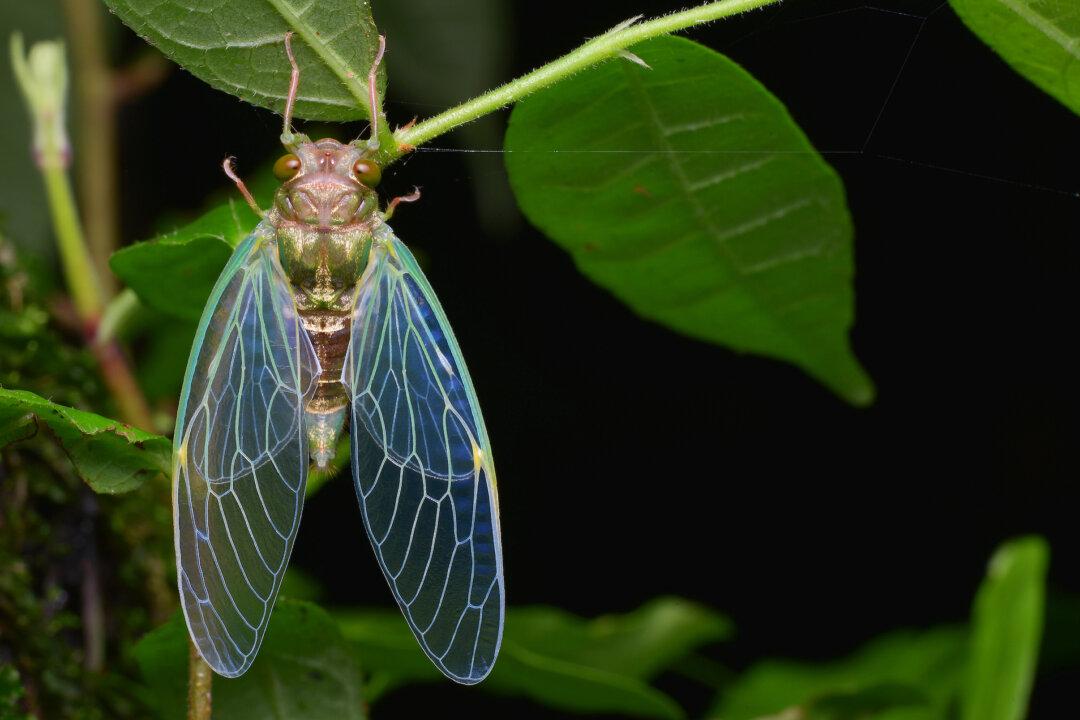Q: We were planning on planting several new trees this spring, but we were told by some friends that this summer, cicadas are coming, and they could kill small trees. Do you think is it worth the effort to plant trees this year, or should we wait?
A: I say plant away. Trees are not made in a factory when you want one. The tree you want to plant is already growing at the nursery right down the road. Someone will need to care for the tree this year. It would be better to plant the tree and start getting the benefits from it.





